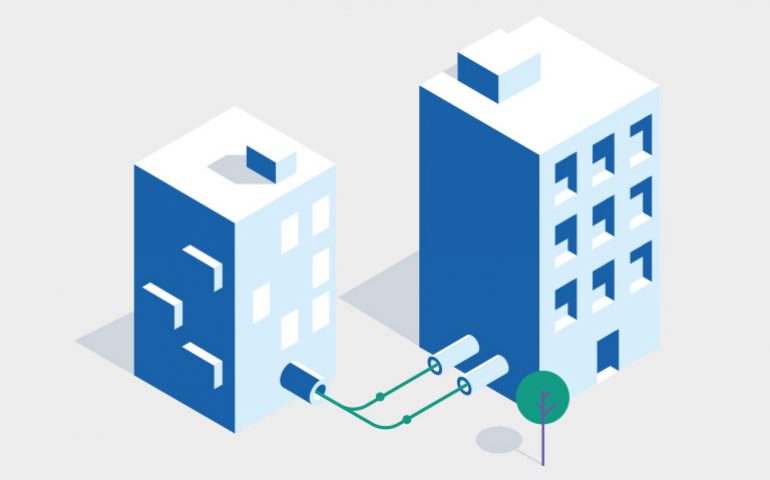
By Stuart Nielsen-Marsh, Director — Microsoft Cloud Strategy, Pulsant
In the age of IoT it seems more computing capacity is moving to edge devices. This has various consequences for the market — one of which is the slow down (and potential stop) of businesses rushing to use public cloud. Another is the shift of data centres to the edge. There are many drivers behind this change, including governance, security, regulation, IP protection and regulation.
But the main reason is the expansion of IoT. And along with this is the emerging idea that cloud computing is merely a temporary waypoint on the evolutionary path of IT, and that it will be overtaken by better processing and storage at the ‘edge’.
To be clear, however, moving data centres closer to the edge can solve various issues, such as latency. Looking at artificial intelligence, for example, there needs to be powerful analytics solutions located at the point of consumption because network latency can be costly and even fatal.
Imagine the problems that latency could cause if we get to a point where AI is being used to support medical surgery, or if robotics becomes a critical part of vehicle navigation. These scenarios require real-time action and response — something that latency prevents.
That’s not to say we should forget about cloud entirely. My view — rightly or wrongly — when I talk to my peers, is that ‘edge’ computing and networks will co-exist for some time to come, and that a balance will be achieved based on use cases and business scenarios.
And it also doesn’t mean that this is the end for core data centres. Again, coexistence is the model I would advocate. It’s about an appropriate use of edge and public cloud based on need, rather than one being better than the other — the answer here is about hybrid solutions and building true end-to-end hybrid ecosystems that allow you to use both in tandem. So it’s easy to see the need for edge data centres in tandem with core data centres.
Going forward, I think that we will see an increasingly significant evolution of the hybrid cloud model. People have been talking about hybrid for a little while now, but the evolution of services and architectures that support this model have yet to solidify and settle down.
That’s all changing now — Microsoft will at some point later in the year release Azure Stack. This solution is very much all about putting services and capabilities at the edge, while ensuring that the benefits of hyper-scale computing and services in the (public) cloud are available when required — the idea that you can buy a private version of Azure with all of its inherent services and capabilities and put this at the edge to deal with latency, governance, IOT, security and other edge requirements, and doing so in essentially the same ecosystem, will prove to be a game changer.
Watch this space… we will be keeping you updated on Azure Stack and the way it will change the market.








